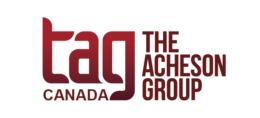New Canadian Labelling Requirements Coming Due. Are You Ready?
Five years ago, the government of Canada amended the Food and Drug Regulations related to Nutrition Labelling, Other Labelling Provisions and Food Colours. The new requirements take effect this year – on December 14, 2021. However, given the challenges imposed by COVID-19, Health Canada and the Canadian Food Inspection Agency (CFIA) granted the industry’s request for more time to meet the new requirements. As such, CFIA will focus its efforts on education and compliance promotion for the first year; then, as of December 15, 2022, the agency will begin to verify compliance. CFIA also stated that during the second year it will “apply enforcement discretion in cases where non-compliant companies have detailed plans showing how they intend to meet the new requirements at the earliest possible time.”
A key goal of the amendment is to make the nutrition information more visible for consumers. Health Canada has introduced new labelling for certain prepackaged foods high in sodium, sugars and saturated fat to complement existing labelling measures and provide Canadians with simplified, easily visible information to help them make choices that improve their health and reduce their risks of chronic disease.
In giving a five-year transition period, the Agency was providing time for industry to make the required label changes while using up existing stocks of labels already printed. The added transition time should help further ease the transition for food businesses, particularly those especially hard hit by the pandemic. TAG also has learned that enforcement may be further delayed until after the fall federal election, as there is some industry and political pressure to roll back parts of the rule.
Even given that, however, TAG recommends that businesses continue to implement the main components of the rule and ensure you are aware of the key differences between the old and new requirements including:
- Nutrition Facts Table. Updates to the table were primarily intended to make comparison easier for consumers. In addition to changes to the serving sizes and sugars (#3 and 4, below), the changes make information easier to find and read, update the % daily values to today’s science, add potassium and remove Vitamin A and C, and require potassium, calcium and iron be listed in mg. The table is also to include a new % daily value footnote stating “5% or less is a little. 15% or more is a lot.”
- Ingredients List. In addition to the new sugars requirement (#4 below), some of the new ingredients requirements include: text must be in black on white or a neutral background with minimum type heights; bullets or commas separating ingredients, upper and lower case lettering, and listing food colors by their common names. The rules also apply to any contains statement.
- Serving Sizes. To better reflect the amounts eaten in one sitting, serving sizes are to be based on Canada’s regulated reference amounts, with different specifications for single-serve packages, multi-serve packages, foods that can be measured, foods that come in pieces or are divided.
- Sugars. Previous label requirements did not mandate the listing of sugars. The new regulation requires the listing of sugar amounts, percent of daily value, and source in the Nutrition Facts Panel, and the listing of sugars as a group, with the sources parenthesized, in the Ingredients list. The sugars as a whole, then individually, are to be listed in descending order by weight/percent of the product.
To assist food businesses in complying with the new requirements, CFIS also developed an Industry Labelling Tool (ILT) which replaces the Guide to Food Labelling and Advertising, and the Decisions page. The tool provides information on:
- Food products that require a label.
- General principles for labelling and advertising, including a fact sheet and infographic with allergen labelling tips.
- Labelling requirements checklist.
- Frequently asked questions on the ILT.
The ILT webpage also includes some very detailed information on core labelling requirements, claims and statements, and food-specific requirements.
With the deadline for change quickly approaching, food businesses should be well on their way to implementing the new requirements. But should you feel you are a bit behind, have questions on the new requirements, or would like assistance in assessing and implementing the changes, give TAG Canada a call. We have experts to help.

